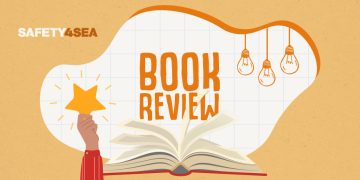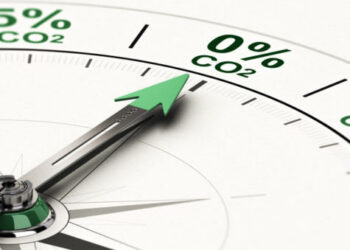The development of Mexico’s National Action Plan (NAP) for maritime decarbonization has kicked off, setting the course for a greener shipping future.
Led by the Mexican Secretariat of the Navy (SEMAR) with technical support from the IMO’s GreenVoyage2050 Programme, the process officially began at a national workshop in Mexico City on 21 May 2025. Stakeholders identified priorities for reducing greenhouse gas emissions in shipping and ports, such as adopting cleaner fuels, upgrading infrastructure, improving regulatory coordination and investing in innovation and workforce development.
Another key point of discussion involved the alignment of port decarbonization with national climate goals and fostering international cooperation on green shipping corridors.
Furthermore, a strong focus was placed on enhancing national capacity to develop low- and zero-carbon solutions for ships and ports, including exploring Mexico’s potential in hydrogen, ammonia and electrification. The dialogue highlighted the need for targeted financing, pilot projects and regional cooperation to unlock long-term opportunities.
As a next step, Mexico will undertake a baseline assessment of GHG emissions from its maritime sector to guide the development of the plan.
Mexico has a real opportunity to take advantage of global momentum on maritime decarbonization. Through this collaboration with the IMO, we can strengthen our regulatory frameworks and build a forward-looking maritime sector that supports both economic growth and environmental sustainability.
…said Rear Admiral Javier Mendoza Rosales, Deputy Director General for Liaison, Implementation, Regulations, Marine Accidents and Casualties, Port Captaincies and Maritime Affairs Unit (UNICAPAM).
The workshop also underscored the strategic role of ports in this transition. Actuary Diana Elena Portilla, Executive Director of Maritime-Port Strategic Planning, General Coordination of Ports and Merchant Marine, noted that Mexican ports are pillars of national economic development and their transformation is essential to respond to today’s challenges.
Recognizing Mexico’s vast potential, Subaskar Sitsabeshan, Programme Officer at IMO’s GreenVoyage2050 Programme, also highlighted the country’s strengths and leadership.
Key institutions, including SEMAR, the Ministries of Environment (SEMARNAT), Energy (SENER), Foreign Affairs (SRE), national ports (ASIPONAs), academia, industry and civil society participated.
GreenVoyage2050 Programme
GreenVoyage2050 is a major technical cooperation programme initiated by the IMO to assist developing countries in reducing GHG emissions from shipping, aligning with the 2023 IMO GHG Strategy. Phase I of GreenVoyage2050 (2020–2023) supported partnering countries in developing policy frameworks and pilot projects to reduce GHG emissions from ships. Phase II (2024–2030) continues and expands this support, leveraging funding from the Governments of Denmark, Finland, France, Germany, the Netherlands, and Norway.
































































